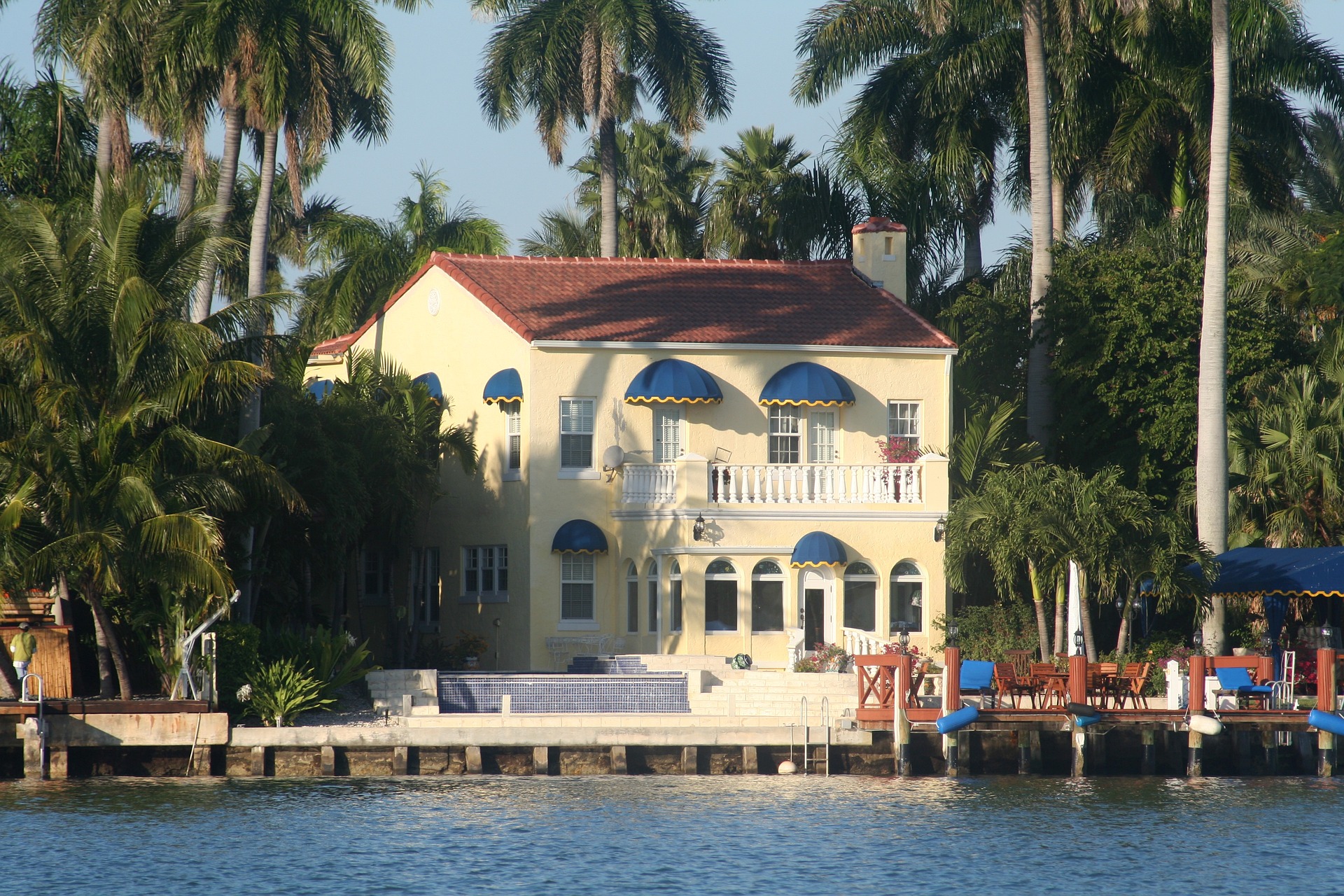Predicting The Evolution of Waterfront Real Estate Market
The waterfront real estate market in the United States has been a significant investment option for many years. Usually, waterfront properties are sought after for their serene beauty, proximity to nature, and recreational opportunities. However, with the increasing awareness and concern about climate change, flood insurance premiums, and other factors, how is the waterfront real estate market evolving, and what can we expect in the years to come? Let's delve deeper.

The Charm of Waterfront Homes: What Attracts Buyers?
Waterfront properties have consistently been seen as luxury real estate investments that offer a getaway style of living coupled with outdoor recreational activities like swimming, boating, and fishing. With stunning water views, these properties are often considered prime investments with substantial upside potential. For many people, owning a waterfront home is synonymous with the ultimate dream home.
Challenges that Waterfront Real Estate Faces
Despite their appeal, waterfront properties are facing certain hardships fundamentally tied to climate change. Rising sea levels, stronger storms, and increasing insurance premiums are challenging the lure of waterfront living. Homeowners are grappling with the risks associated with waterfront properties, such as structural damages due to salt and water exposure and the potential for flooding.
The Impact of Climate Change on Waterfront Property Values
Climate change is undoubtedly influencing the waterfront property market – and not for the better. Research shows homeowners in flood-prone areas are experiencing a surge in insurance costs and a decline in property values. The increased awareness about potential climate risks is also hitting the desirability of these properties among potential buyers, leading to a paradigm shift in the market dynamics of waterfront real estate.
Adapt and Overcome: Strategies for the Future
Nevertheless, the real estate industry is already finding innovative solutions to these challenges. Architects and developers are coming up with futuristic designs for water-resistant homes – from using elevated structures and materials resistant to salt corrosion to flood barriers. Communities are also turning to urban planning and infrastructural improvements to reduce risks and protect waterfront homes.
Waterfront Real Estate: A Tentative Future
Despite the challenges, waterfront properties are still incredibly desirable for many buyers. It’s clear that while the waterfront real estate market may face hurdles in the future, it is not going anywhere anytime soon. The market will adapt and evolve, incorporating modern design and construction techniques to mitigate risks.
- Waterfront properties often command a premium due to their location and views.
- Climate change is challenging the traditional appeal of these homes.
- Increased insurance costs and potential for property damage are significant considerations for potential buyers.
- Innovative architectural designs and improvements to infrastructure can help promote the sustainability of waterfront real estate.
- Despite the challenges, there is still a robust market for waterfront homes with buyers willing to adapt to these evolving conditions.
In conclusion, the waterfront real estate market is going through a phase of transformation. While the future may bring some uncertainties, it also holds immense potential for innovation in design, construction, and risk management. For savvy property buyers and investors, these changes may just represent an evolving landscape of opportunities. As in any market sector, successful navigation of waterfront real estate requires careful consideration of both potential rewards and risks.




